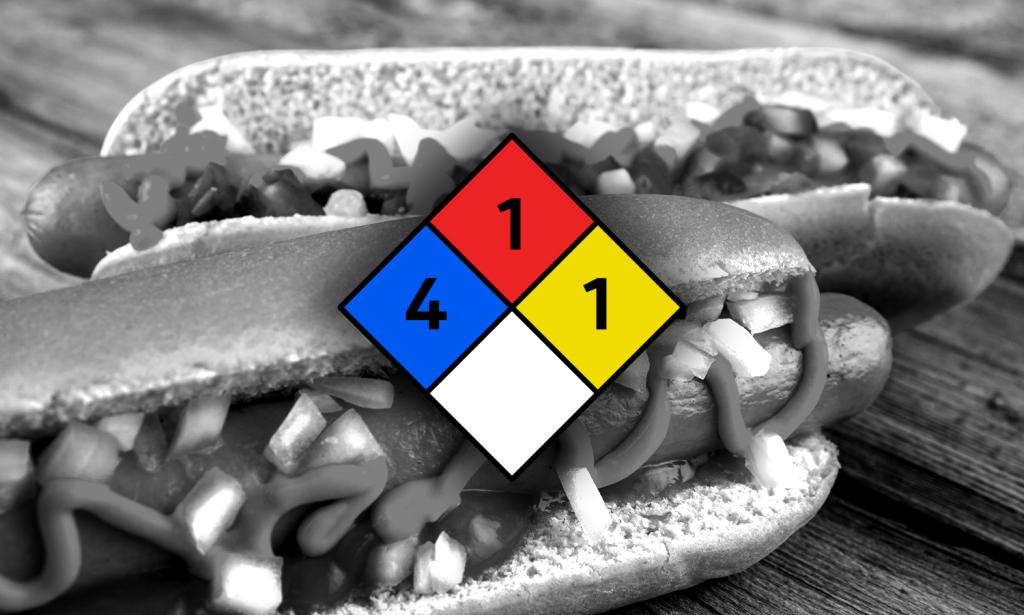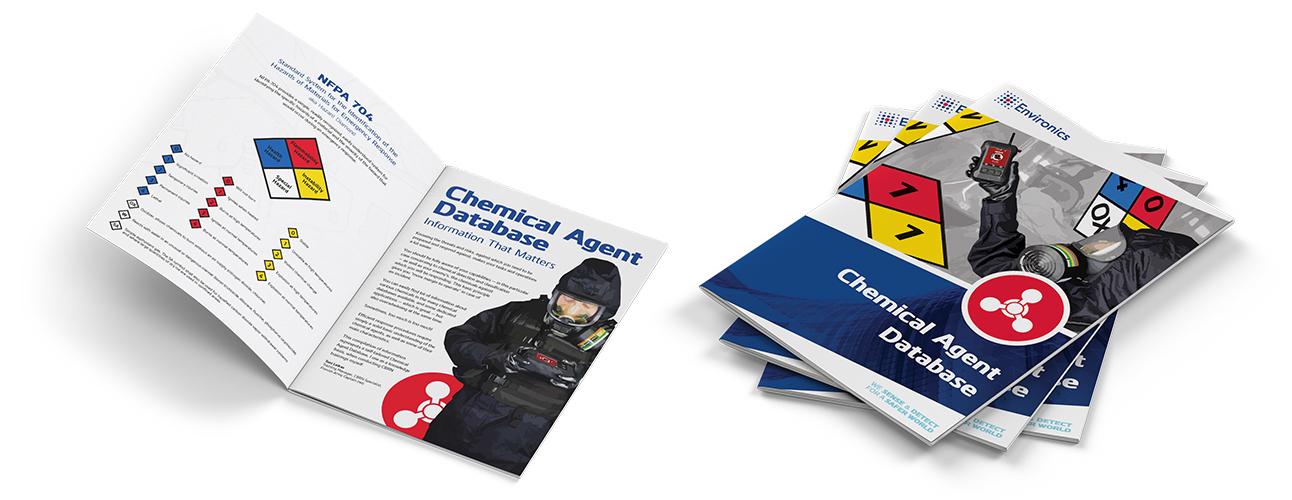Can I get it with mustard and onion please?

Historical background of sulphur mustard
In 1886, German chemist Victor Meyer made the first reliable synthesis of pure sulphur mustard. The purity of this compound was high and consequently the adverse health effects upon exposure were also severe. Meyer tested this compound on laboratory rabbits, most of which died. In World War I, at the front of Ypres (Belgium) German troops used S-Mustard for the first time on large scale against the Allies, in the night of July 12th and 13th of 1917. During nearly a year Germans had a monopoly of mustard “gas”, before others were able to produce and use it. Mustard “gas” was dispersed as an aerosol in a mixture with other chemicals, giving it a yellow-brown colour and a distinctive odour.
Due to mustard high persistence, it could contaminate areas for weeks. This “King of Battle Gases” eventually caused more chemical casualties than all the other agents combined. More than 80% of all British army gas exposure victims were caused by mustard gas alone (approx. 186 000) with a death toll of approx. 2,6%.
After WWI, mustard gas has been used many times, for example: UK against Red Army (1919), Spain and France in Morocco (1921-22), Italy in Libya (1930) and in Ethiopia (1935-40), The Soviet Union in China (1934, 1936-37), Japan in China (1937-45), Egypt in North Yemen (1963-67), Iraq – Iran (1983-88), Iraq in Halabja (1988), Sudan in civil war (1995, 1997), and ISIS (2015) not forgetting Syria army in civil war (2013-2017).
Commercial uses of chemical or precursor chemicals
Sulphur mustard’s precursor chemicals can used in paper and rubber manufacturing, pharmaceuticals, insecticides, plastics, detergents, and in cosmetics. Historically, sulphur mustard was available for use in the treatment of a skin condition called psoriasis, but today it has no medical use.
Symptomatology
Sulphur mustard classifies as a blister in military classification, according to its effect on humans. It is normally called “mustard gas” but it’s actually a colorless, to yellow- brown oily liquid, with a garlic, onion, horseradish, or mustard-like odour agent. It can also be a colourless vapour. Sulphur mustard is a non-arsenic based blister agent which is heavier than air. It has low volatility being SVOC (semi volatile organic compound) and stays a long time on surfaces from half a day to even 60 days, according to environmental conditions. In conclusion, sulphur mustard is a persistent CWA.
The effects caused by sulphur mustard are not typically immediately fatal. Symptoms are delayed from 1 to 48 hours after exposure. These effects and severity depend on the exposure dosage. Exposure symptoms are eye irritation and redness, cough, sore throat, burning sensation, shortness of breath, pain and skin redness, vesicants / blisters, pain and severe deep burns in the eyes, and also loss of vision, nausea, vomiting, and shock and collapse. However, a large exposure can be fatal.
Response
Leave the area and evacuate the exposed people into fresh air, keeping in mind that being heavier than air, phosgene will settle in low-lying areas.
For first responders, the protection level in an unknown situation, is the highest level.
In a small spill or leak (less than 200 litres) the initial isolation distance in all directions is 30 meters and the protection distance during day or night is 100 meters.
In a large spill/leak (more than 200 litres) the isolation area is 60 meters in all directions, and the protection distance during day is 300 metres, changing to 400 metres during night.
All indications, smells, people’s symptoms, are clues to be taken into account with detection equipment, providing data to classify and identify the chemical, and to start response actions and first aid measures.
“Gas! GAS! Quick, boys!—An ecstasy of fumbling
Fitting the clumsy helmets just in time,
But someone still was yelling out and stumbling
And flound’ring like a man in fire or lime.—
Dim through the misty panes and thick green light,
As under a green sea, I saw him drowning.”
Wilfred Owen, Dulce et Decorum Est
Would you like to know more?

Get your own issue of the “Chemical Agent Database – Information
That Matters” and gain access to extra content!
[…] Sulphur Mustard (HD) 1886 […]